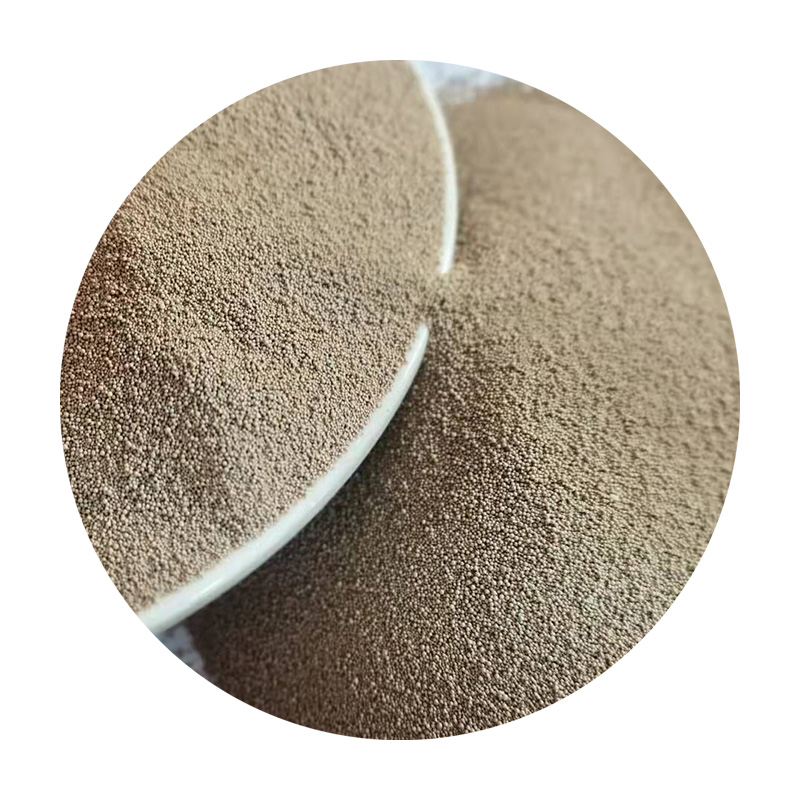Can You Sand a 3D Print?
3D printing has revolutionized the way we create prototypes, parts, and even artistic pieces. However, one question that often arises among enthusiasts and professionals alike is Can you sand a 3D print? The answer is not only a resounding yes, but it also opens the door to a myriad of techniques and tips for achieving a flawless finish on your 3D-printed objects.
Understanding 3D Printing Materials
Before diving into sanding techniques, it's essential to consider the type of material used in your 3D print. The most common materials, such as PLA (Polylactic Acid), ABS (Acrylonitrile Butadiene Styrene), and PETG (Polyethylene Terephthalate Glycol) each have unique properties that influence how they react to sanding.
- PLA is relatively easy to sand due to its rigid structure. However, excessive heat from sanding can cause it to melt, so using lower grit sandpaper is advisable. - ABS is more forgiving when it comes to sanding. It is a thermoplastic that is favored for its strength and resilience. Many users often employ acetone vapor smoothing in conjunction with sanding to achieve a glossy finish. - PETG can be more challenging to sand as its flexibility might make it prone to scratching instead of smoothing. It’s crucial to use a gentle approach and avoid too much pressure.
When to Sand Your 3D Print
Sanding is particularly beneficial in circumstances where you want to 1. Improve Aesthetics Remove layer lines and imperfections to create a smooth surface, especially if the print will be painted or displayed. 2. Enhance Fit Adjust the dimensions of a printed part to ensure it fits properly with other components. 3. Prepare for Finishing Ensure that the surface is even for later treatments like painting or coating.
Sanding Techniques
Here are some effective techniques for sanding 3D prints
can you sand a 3d print

1. Start with Coarse Grit Begin with a sandpaper grit that is around 100-200. This will help remove any large imperfections or layer lines quickly. Move in a circular motion, applying light pressure to prevent overheating the material.
2. Progress to Finer Grits After you’ve made some progress with the coarse grit, switch to a finer sandpaper (around 400-800 grit). This will help smooth out the surface further and eliminate scratches left by the coarser grit.
3. Wet Sanding For an even smoother finish, consider wet sanding. This technique involves wetting the sandpaper and the surface of the print. Wet sanding helps reduce dust and produces a smoother finish, especially on plastics like PLA and ABS.
4. Final Touches with High Grit For that perfect finish, you might want to go as high as 1200 grit. This will make your print feel almost like plastic injected parts.
5. Post-Sanding Treatments After sanding, you can polish the surface using a plastic polish or a similar product. This will help restore some shine and give it a more professional look.
Safety Precautions
While sanding, remember to wear a dust mask to prevent inhalation of fine particles, especially if you are sanding materials like ABS, which can release harmful fumes. Safety goggles are also a good idea to protect your eyes from dust and debris.
Conclusion
In conclusion, sanding a 3D print is not only possible but also an essential step for many projects that require a polished final product. By understanding the material you’re working with and employing the right techniques, you can elevate the appearance and functionality of your prints. Whether you're building a prototype, a model, or just a decorative piece, mastering the art of sanding can turn a good 3D print into a great one. Happy printing!
Post time:Pro . 04, 2024 21:10
Next:Exploring the Process of Sanding for Enhanced 3D Printed Surfaces
